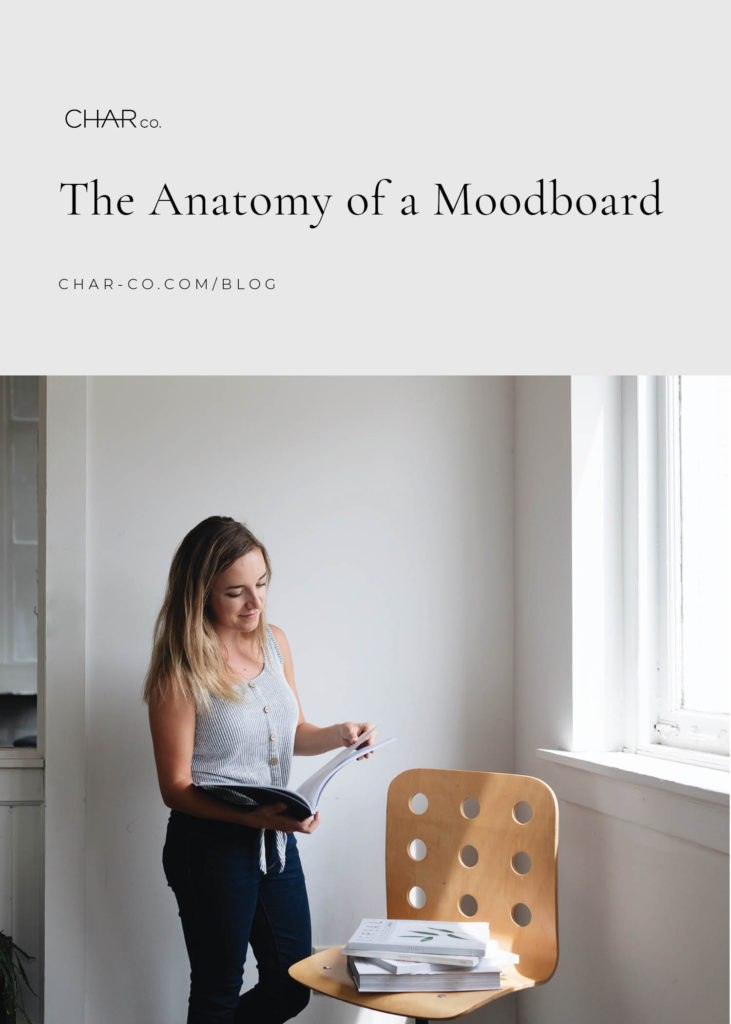September 6, 2019
THE ANATOMY OF A MOODBOARD
When creating a brand moodboard, (something we also refer to as a “look and feel”), there are not any specific “rules”. That being said, it is important that a brand moodboard captures the essence of the brand values and culture and connects with the target audience.
So where to begin? We’ve broken down a few of the key elements that create a full and dynamic moodboard.

Texture : Texture evokes the sense of touch. Adding texture to a brand moodboard adds depth and automatically invites the viewer to experience the brand outside the sense of sight.
Shape + Form : Shapes have a feeling. Rounder shapes feel more approachable and inviting. Geometric shapes feel more clean and cool. Including shapes, lines, and forms in your moodboard will affect the overall feel.
Emotion : Imagery triggers emotion and connects with value systems. The imagery in a moodboard can connect with people of similar interests and beliefs.
Design + Typography : Design elements that match the feeling of the brand can be represented in the moodboard. Fonts, illustrations, use of negative space, or color all play a role in supporting the look and feel.
Lifestyle : Images in a moodboard can reflect the lifestyle of those invested in the brand. An activity, hobby, or style that connects with both the brand and it’s target audience can be clearly communicated through a moodboard.
Color Palette : Colors have meaning and can influence emotion or reputation. Choosing an intentionally curated set of brand colors will set the tone for all brand materials.
words by lindsay – project manager
Leave a Reply
Start creating your beautiful brand STORY.
GET STARTED

ADD A COMMENT +
Comments
0